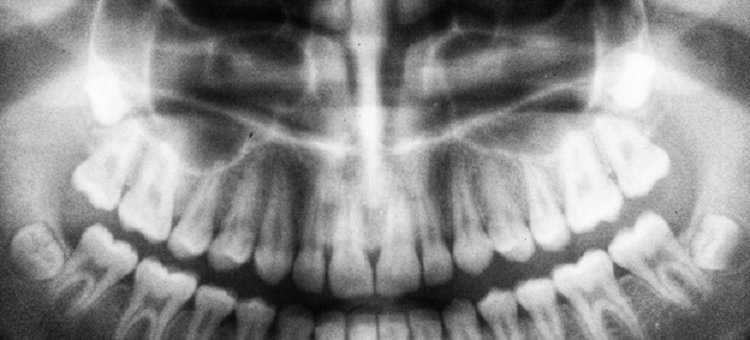If you’re a person with a history of dental health issues, it’s very likely that you’ve heard the expression “dental occlusion”, which is commonly used to describe the manner with which your teeth touch when your close your mouth or your jaws bite. If there is something wrong with the way you bite, your dentist may refer to your issues as a malocclusion of the teeth, and if you want to know more about it, the Clinique d’orthodontie F. Lavoie should be your next stop.
How Can You Know If There Is Something Wrong With Your Bite?
It’s rather simple, actually: if your teeth do not sit nicely against each other when you close your mouth, it could be a sign that there is something wrong with your teeth and /or with your gums, the muscles that allow your jaw to move, or even with your jaw joints. Plus, if your teeth are crooked, visibly worn or if they break on a regular basis; if your fillings need to be done too soon, or if some of your crowns are loose, it’s safe to assume that you potentially have occlusal problems.

What Are the Most Common Symptoms of Occlusal Problems?
Pay attention to what your body does when you’re not minding it: you may notice that you have a tendency to grind or clench your teeth, which is one of the most common symptoms of occlusal problems. This often happens during your sleep, and one way to know if you have this nasty habit is waking up with a jaw that is stiff in the morning or feel a tenderness each and every time you close your mouth. Headaches, shoulder and neck pain can also be correlated with jaw problems. If you feel discomfort or keep experiencing pain on one or both sides of your face in the area close to your jaw joints or your ears, or if it’s hard for you to simply open your mouth, take the hint. Finally, missing teeth, especially in the back of your mouth, have been known to lead to an uneven bite that can in turn exert an unequal pressure on your teeth.
What You Should Know About the TMJ Syndrome
The acronym TMJ stands for temporo-mandibular joint. It’s the joint that connects your lower jaw to the rest of your skull, and whose movement allows you to open and close your mouth, as well as to chew your food. All the symptoms listed above are called the TMJ syndrome or TMD, which stands for temporo-mandibular disorders.
What Are the Best Ways to Treat Occlusal Problems?
If your dental health specialist has any reason to suspect that your issues are caused by your bite, they may try one of these approaches to fix your problem:
Straighten Your Teeth
In the event that your teeth are completely out of line or worse – in an incorrect biting position — you’ll definitely need to get a dental appliance installed in order to straighten them out.

Replace Your Teeth
The temporo-mandibular joint absolutely needs an equal support from the two sides of your jaws. The chewing movement can only occur properly if all your teeth are in their correct position in your mouth. That’s the reason why missing teeth may need to get replaced with bridgework or partial denture. Replacement is typically not done until a formal diagnosis has been rendered by using a given appliance that had the intended effect by fully relieving the symptoms (which can take quite some time). It’s not uncommon for an orthodontist to prescribe drugs in order to help patients, but this relief is more often than not just temporary. For women, hormone replacement therapy can be an interesting avenue.
Show You Some Exercises
As is the case with many joint pains, exercising can help reduce the stress on your temporo-mandibular joint. A soft diet can also be helpful, as well as the application of external heat. Physiotherapy exercises are definitely a good idea and your dental health professional is in a good position to show you some of the most effective ones.
Dental care is an important piece of your general health, and if you notice any of the symptoms mentioned above, get in touch with a dentist or an orthodontist.


1 comment
I enjoyed reading your story. Im looking forward to read more of your posts.
Comments are closed.